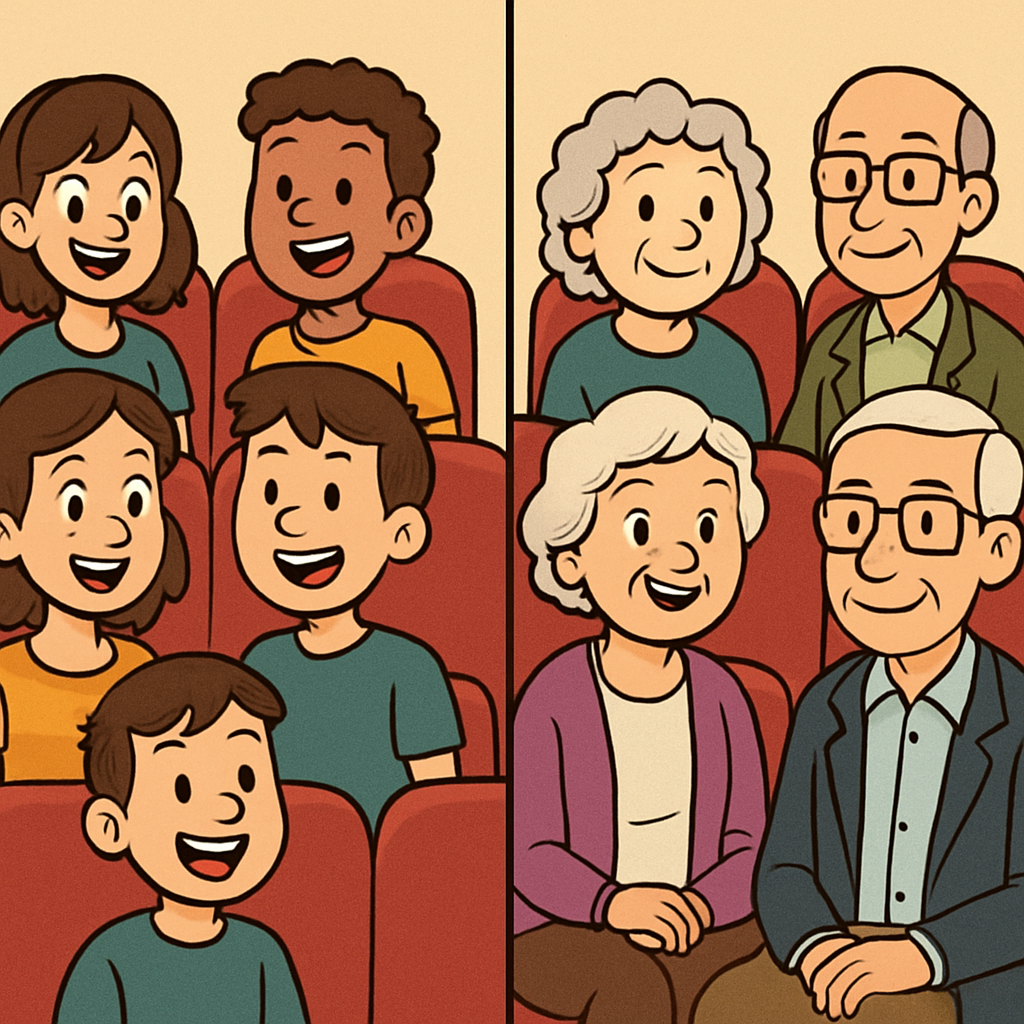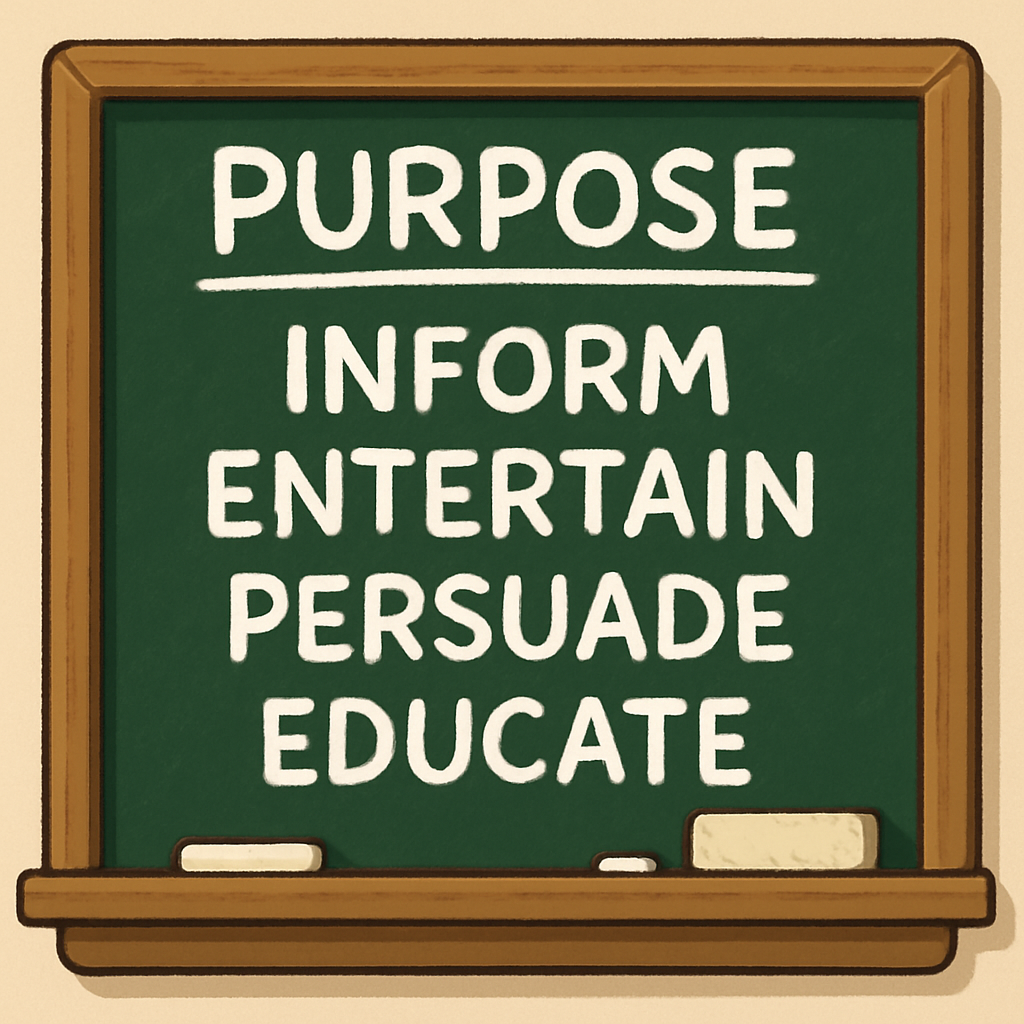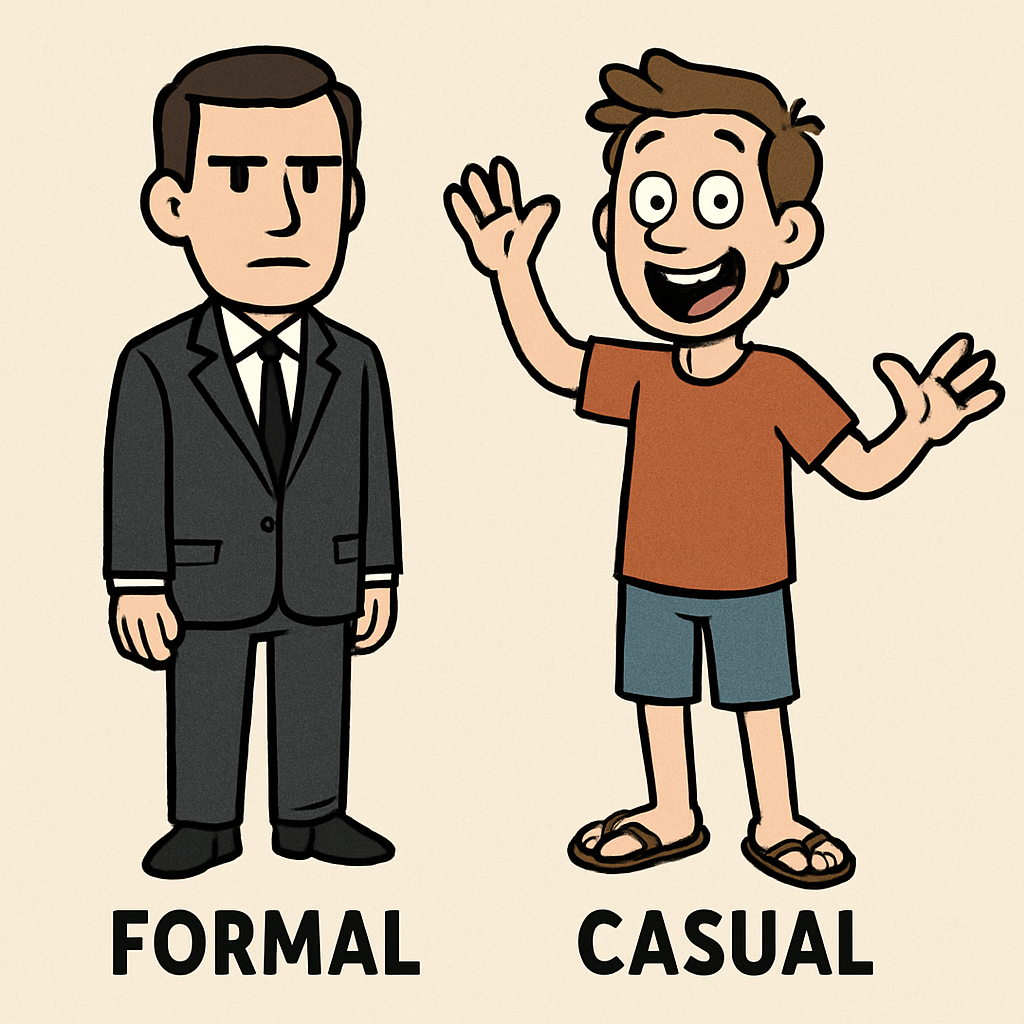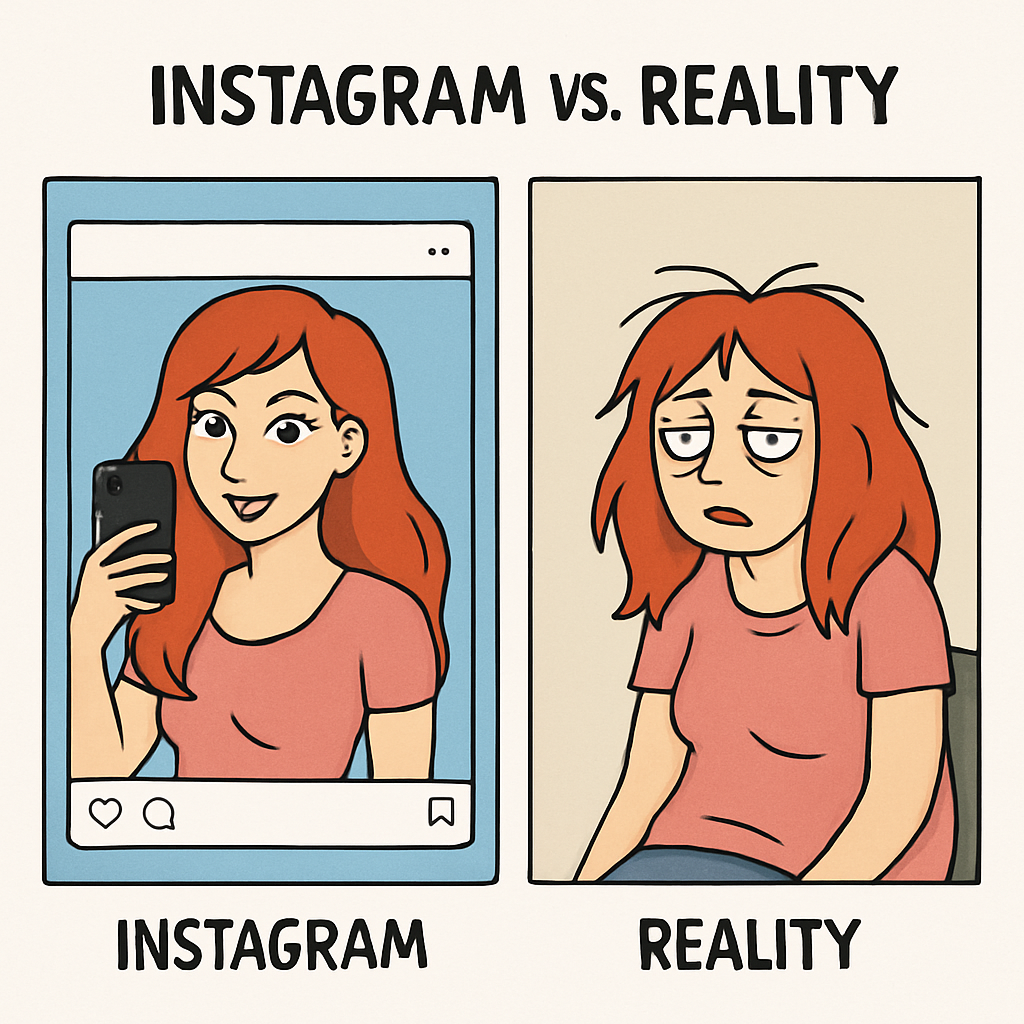 In this lesson, you will explore the fundamental concepts of audience and purpose within the realm of designing digital content. You will examine how the intended recipients of your content – referred to as the audience – and the underlying objective for its creation – known as the purpose – significantly influence key design elements. These elements include the tone of language employed, the visual aesthetics selected, and the choice of format or platform utilised.
In this lesson, you will explore the fundamental concepts of audience and purpose within the realm of designing digital content. You will examine how the intended recipients of your content – referred to as the audience – and the underlying objective for its creation – known as the purpose – significantly influence key design elements. These elements include the tone of language employed, the visual aesthetics selected, and the choice of format or platform utilised.
To commence, it is essential to recognise that the audience comprises the specific group of individuals for whom the content is intended. The purpose, conversely, defines the primary goal, such as informing, persuading, or entertaining. By considering these factors, you can create more effective and targeted digital materials.
Learning Objectives:
 Audience Considerations
Audience Considerations
We will begin by examining the individuals who will encounter your digital content. The audience refers to the specific group of people whom you intend to reach, and these groups can vary considerably. For instance, content designed for young children may incorporate vibrant and engaging elements, whereas content aimed at adults tends to adopt a more serious and detailed approach.
Please review the following examples to gain a clearer understanding:
Activity: Allocate 5-10 minutes to reflect upon the impact of the audience on content creation. In a notebook or digital document, record three key differences between designing a poster intended for children and one intended for adults. Ensure your notes address aspects such as language, visuals, and overall structure.
 Now, let us examine the concept of purpose in greater detail. The purpose of digital content refers to the primary objective or reason for its creation. It is essential to determine whether the content is intended to inform, entertain, persuade, or educate, as this decision profoundly influences the format, style, and overall design of the material.
Now, let us examine the concept of purpose in greater detail. The purpose of digital content refers to the primary objective or reason for its creation. It is essential to determine whether the content is intended to inform, entertain, persuade, or educate, as this decision profoundly influences the format, style, and overall design of the material.
Understanding the purpose enables you to tailor your content effectively. For instance, if the purpose is to inform, the content should prioritise clarity and factual accuracy. Conversely, if the aim is to entertain, elements of humour and engagement become paramount.
Consider the following examples to illustrate these purposes:
It is also important to recognise that the purpose may intersect with the audience, requiring adjustments to ensure the content resonates appropriately.
 Understanding Tone in Digital Content
Understanding Tone in Digital Content
In the creation of digital content, the tone represents the manner in which the material is presented, akin to the 'voice' of the content. It may be formal, characterised by a serious and polite demeanour, or casual, embodying a friendly and relaxed style. The selection of tone is significantly influenced by both the intended audience and the underlying purpose of the content.
To illustrate this concept more clearly, consider the following examples:
Additionally, reflect upon and note the potential audience for each version, explaining how the tone aligns with that group. Record your responses in a notebook or digital document, ensuring clarity and precision in your explanations.
 Selecting Appropriate Platforms for Audiences and Purposes
Selecting Appropriate Platforms for Audiences and PurposesIn the design of digital content, it is crucial to select platforms that align effectively with both the intended audience and the underlying purpose. Different platforms possess unique characteristics that make them suitable for specific types of communication. For example, Instagram is particularly effective for sharing quick, visually engaging posts aimed at teenagers, whereas a school newsletter is more appropriate for delivering formal updates to parents or teachers.
To illustrate this concept further, consider the following examples:
When choosing a platform, reflect upon how its features support the purpose – whether to inform, persuade, entertain, or educate – and how it resonates with the audience's preferences and behaviours.
Activity: Select a specific purpose, such as advertising a school event or promoting a healthy lifestyle initiative. Then, identify two different platforms. For each platform, explain why it is suitable for a particular audience (for instance, classmates versus parents), addressing aspects such as the platform's format, style, and typical user engagement. Record your responses in a notebook or digital document, ensuring your explanations are clear and well-reasoned.
Estimated time: 10 minutes. This activity involves reading the provided materials and engaging in reflective writing to strengthen your understanding of how platforms connect with audience and purpose.